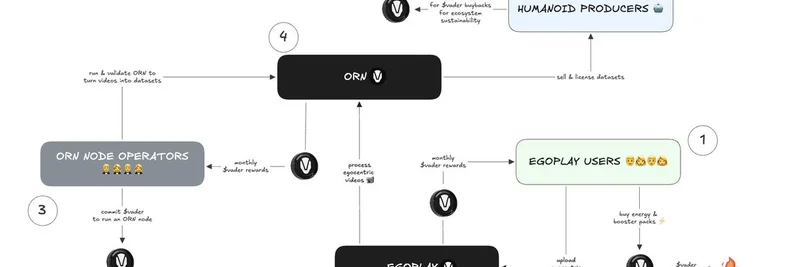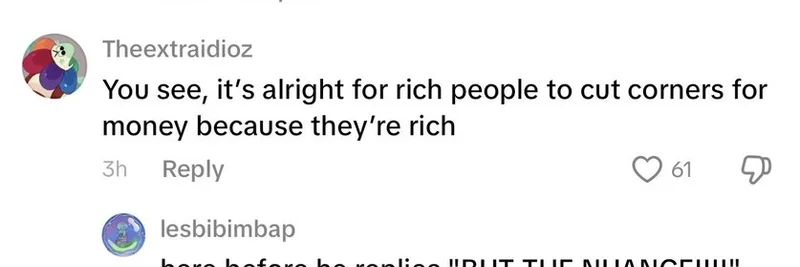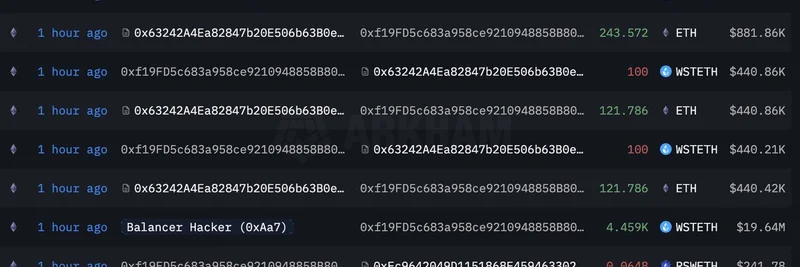If you're diving into the world of decentralized AI (DeAI) and meme-inspired tokens, the recent update from Vader_AI_ on X has some exciting developments worth unpacking. Vader, positioned as the data layer for humanoids, just rolled out an updated utility model for its native $VADER token. This isn't just another token in the crypto space—it's designed to power a ecosystem around AI-driven humanoids, blending utility with meme culture vibes.
Let's break it down step by step, based on their latest announcement. The token serves multiple roles, from being a medium of exchange to fueling network participation. Here's what stands out:
EgoPlay: The Core Exchange and Burn Mechanism
At the heart of it is EgoPlay, which seems like a platform where users interact with egocentric videos—think user-generated content tailored for AI training. $VADER acts as the medium of exchange here. Every time you spend $VADER on EgoPlay, whether for buying energy or booster packs, it's burnt. That means it's permanently removed from circulation, which could help with scarcity and potentially drive up value over time. It's a classic deflationary tactic, but tied directly to real usage in the app.
Running ORN Nodes: Staking for Network Power
To get more involved, you can run an ORN Light Node, but you'll need to commit 2 million $VADER tokens. ORN likely stands for something like Open Robotic Network—it's the backbone for validating and processing data. Node operators get monthly $VADER rewards for their efforts, incentivizing a decentralized network. This is similar to staking in proof-of-stake blockchains, but focused on turning videos into valuable datasets for humanoid AI.
The flowchart shared in the tweet illustrates this beautifully: Users upload videos via EgoPlay, which get processed into datasets by ORN. These datasets are then sold or licensed, generating revenue. A portion of that revenue goes back into $VADER buybacks, supporting the ecosystem's sustainability.
Rewards for Participation
Both EgoPlay users and ORN node operators earn $VADER as rewards. For users, it's about engaging with the platform—uploading videos, processing them, and contributing to the data pool. Node operators, on the other hand, handle the heavy lifting of validation. This creates a flywheel: more activity leads to more data, more revenue, and more rewards, all anchored by $VADER.
Data Revenue Sharing: Building Sustainability
One of the cooler aspects is how a share of the data revenue— from selling those licensed datasets to humanoid producers—feeds back into the ecosystem. It's used for $VADER buybacks, which could stabilize or increase the token's value. This ties the token's worth directly to the network's real-world utility in AI data markets, which are booming with the rise of humanoid robots.
Overall, $VADER positions itself as more than a meme token; it's the utility backbone for a humanoid data layer. If you're a blockchain practitioner eyeing DeAI, this update shows how tokens can drive participation in emerging tech like AI



